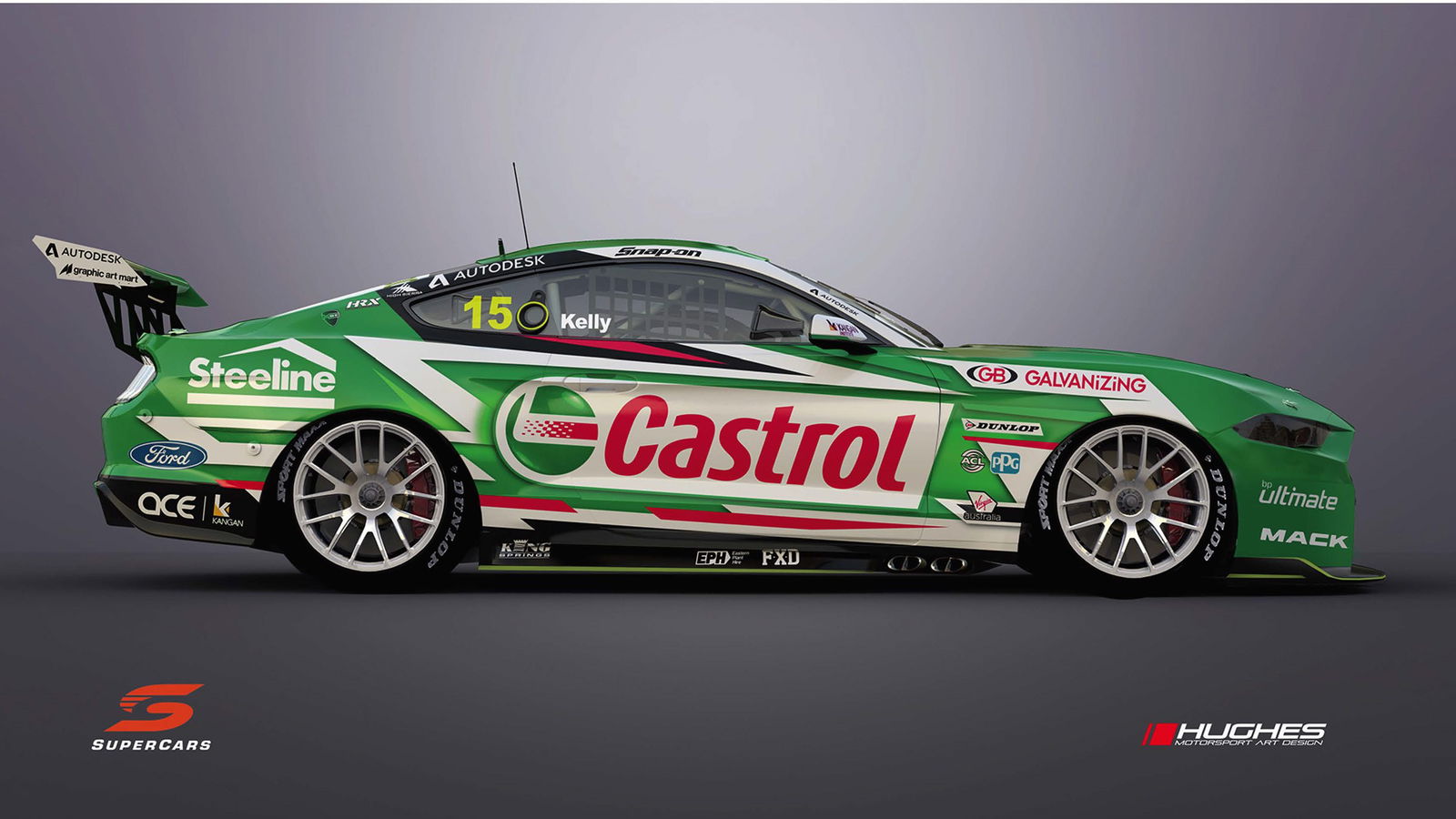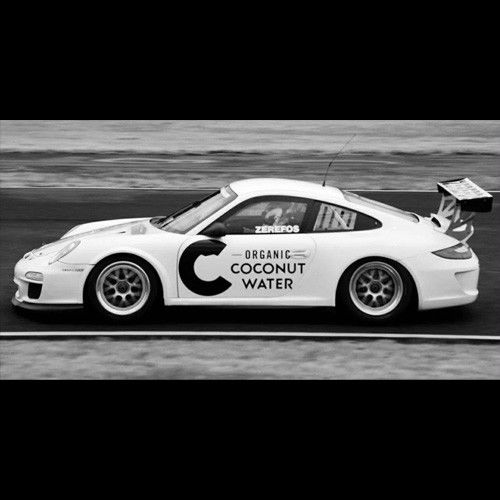

Gen3 committee member John Casey says Supercars will be “hybrid ready” in 2022, but that won’t mean the championship is electrified immediately.
The long-awaited introduction of the new regulations set is set to see a raft of changes introduced, including the ability to use hybrid technology.
Supercars has utilised a six-speed Xtrac transaxle, which is hybrid ready and will be among the carryover components from Gen2 to Gen3.
Speaking with Speedcafe.com, Casey said its chassis will be ready to be electrified if and when the category is ready to do so.
However, the move to hybridisation would be cost dependant.
“When we say we’re hybrid ready, it’s kind of an accurate statement as to where we’re at – we’re planning for it but there’s no details,” Casey explained.
“We don’t operate in isolation without influence and input from the broader environment and economy.
“I think it’s something that we’ll keep our finger on the pulse, and there’ll definitely be a catalyst, but I can’t tell you what it is at this stage. I don’t know what it is.
“I think we’ll take a very considered view. One of the big considerations is, at some point, our stakeholders, a big component of which is our fans, may expect hybridisation, right? At some point they may.
“But a big consideration is the cost. it would need to be at a time when the ecosystem can afford it.”
What that electric element may look like is not yet clear.
Casey said among the options is an IndyCar-style push-to-pass or a constant power supply that is complementary to the internal combustion engine.
Supercars is looking at other domestic and international categories that currently use or will use hybrid technology.
Ultimately, whatever hybrid element is introduced to the championship will have to have a “substantial” impact, according to Casey.
“We don’t have a system in mind (yet),” he said.
“Obviously there’s a few emerging case studies like BTCC that we can look at, in terms of how the power is deployed.
“I can give you an opinion, but it’s not our policy. If you think about what the options are, you could use electric in the pits only. You could use it a complement to your internal combustion engine, which would be delivering power all the time, or you could use it in a push-to-pass context.
“For me, the first option doesn’t really show the benefits of hybridisation. I think it would be either propping up the overall power of the cars or having it available as a push-to-pass, or some combination of those.
“For example, if it was 100 hp available in electric power, 50 of it could be available at all times and 50 could be available push to pass. We don’t yet have a view or a policy.
“I think we’re at the front end of that consideration. It may not happen. I think it would be unlikely not to, but I don’t have a timeframe on its introduction.
“Whatever the electric component ends up delivering, I think it needs to be substantial. So it’s not a trivial amount of additional power. I think if you’re describing your powertrain as being hybridised, you have an obligation for the electric component to be a material contribution to the overall power.
“Which is why we’ve designed the chassis in a way that could accommodate a battery pack which has the capability of delivering a material amount of additional power.”
Gen3 will make its on-track racing debut in the 2022 season, which is expected to get underway at the Newcastle East Street Circuit.




















Discussion about this post